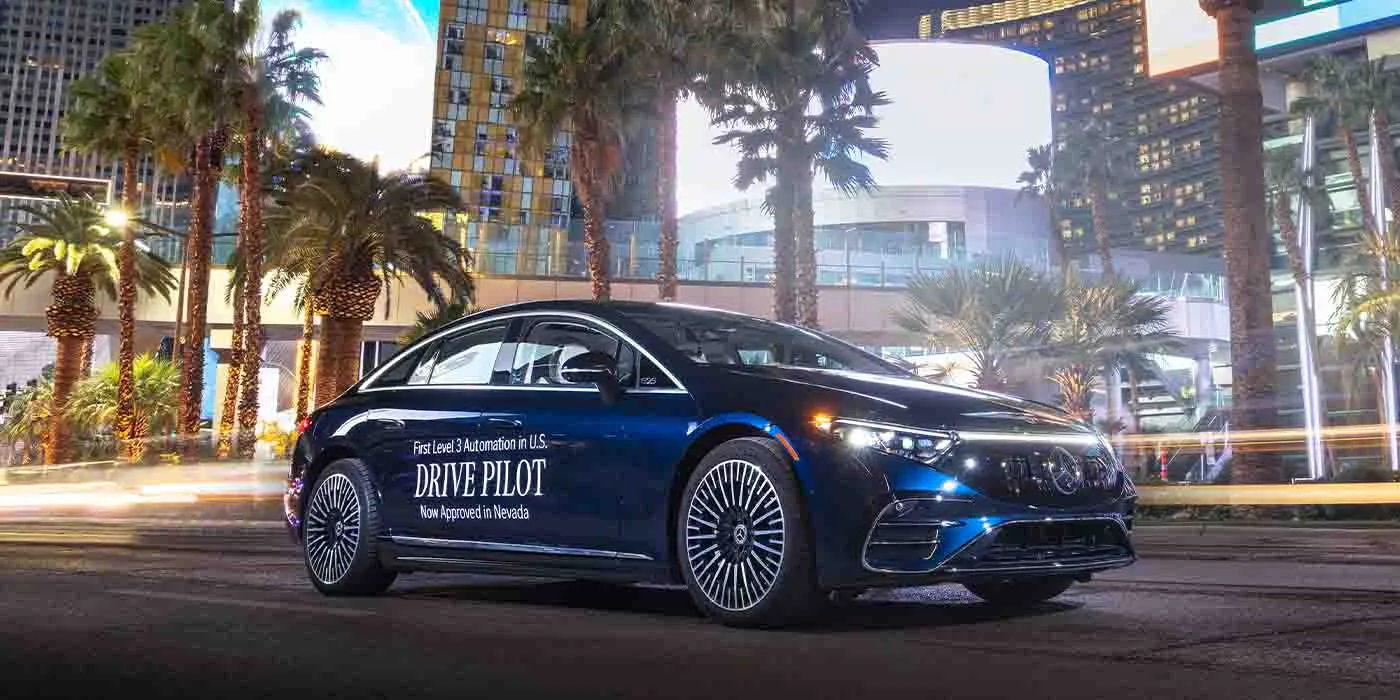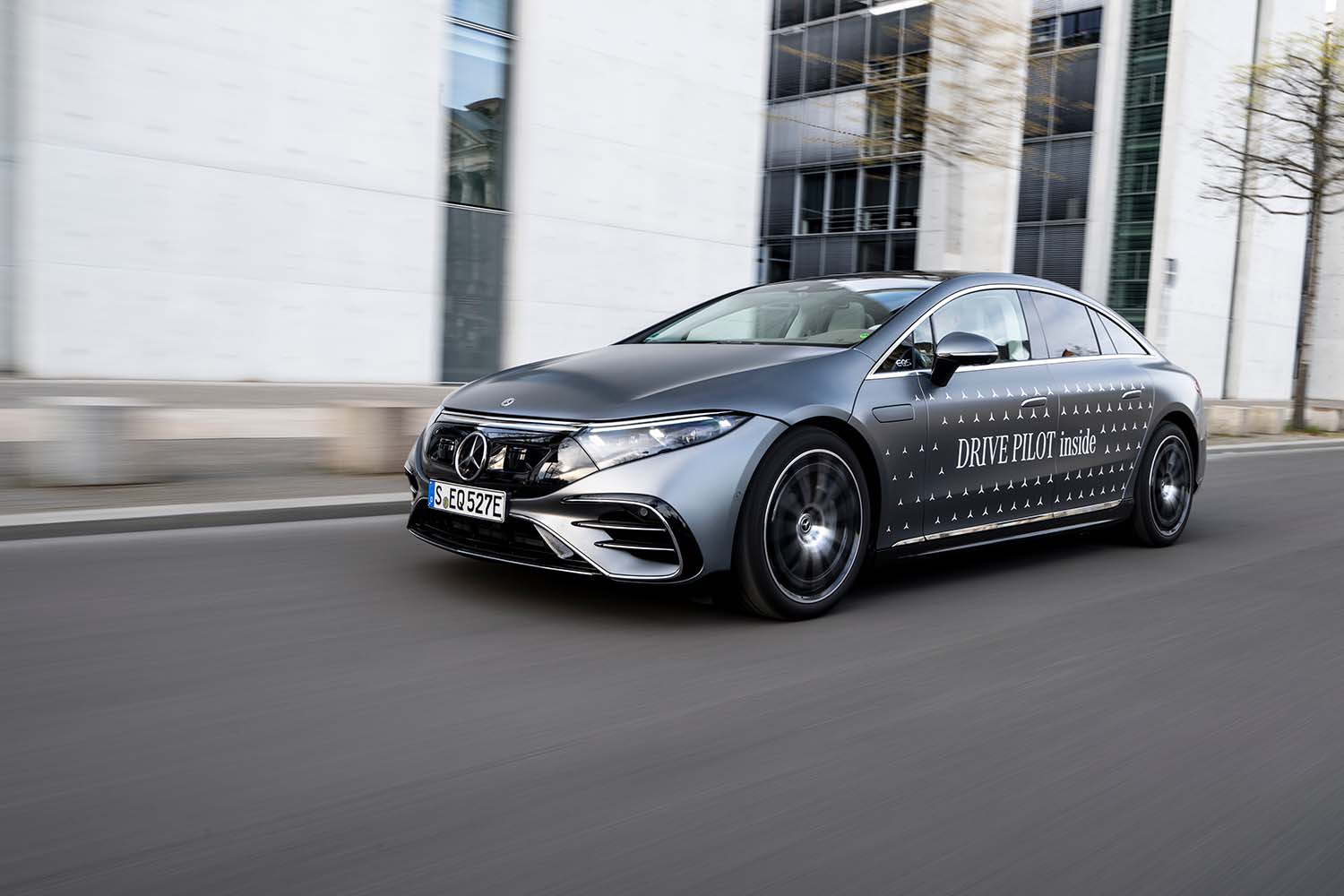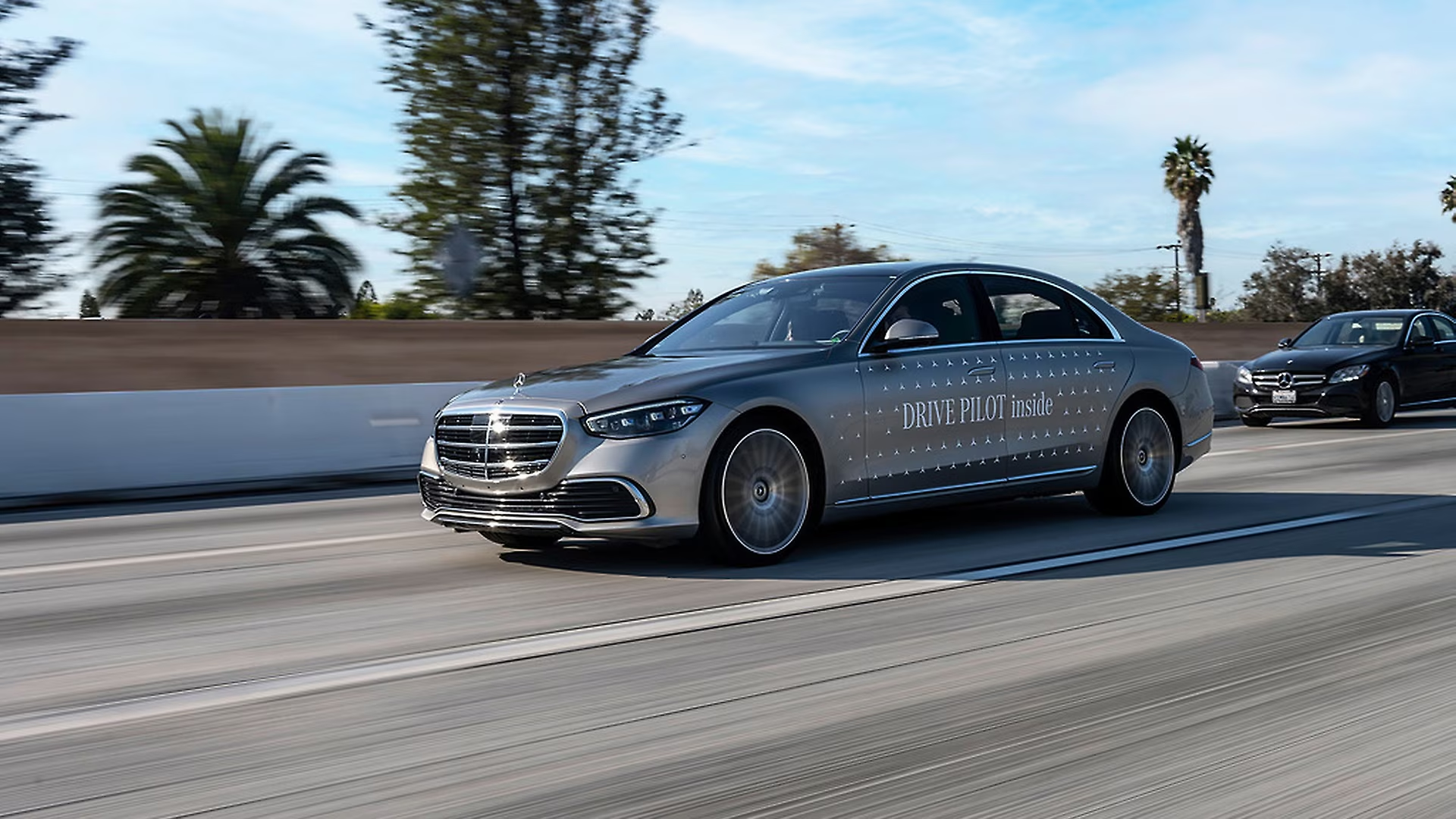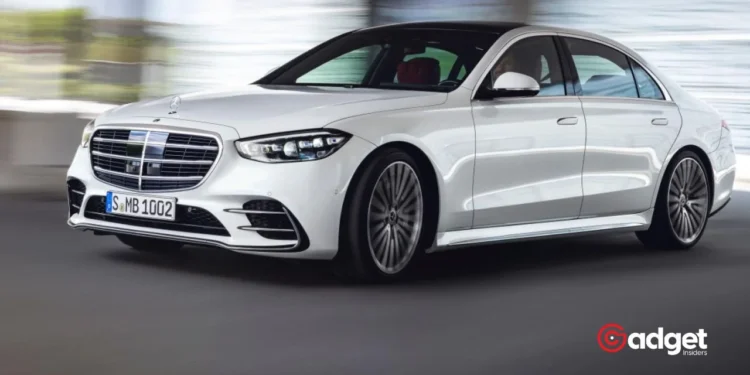In a notable achievement that underscores the fierce competition in the automotive industry, German luxury car manufacturer Mercedes has officially outpaced American electric vehicle giant Tesla in the race to deploy Level 3 autonomous driving technology on U.S. soil.
This landmark development marks a significant shift in the landscape of automotive innovation, where Mercedes has successfully launched its highly anticipated ‘Drive Pilot’ system in the United States, a feat Tesla has yet to match with its Full Self-Driving (FSD) capabilities.

Mercedes’ Drive Pilot: Leading the Way in Autonomous Driving
Launched initially in Germany in May 2022, Mercedes’ Drive Pilot made its American debut in December of the same year. This sophisticated system represents a critical milestone in autonomous driving, allowing drivers to disengage visually and manually under certain conditions—a level of autonomy that Tesla’s current FSD features do not provide. According to a recent report by Fortune, Mercedes has not only launched but also successfully sold vehicles equipped with this technology on U.S. soil.
Drive Pilot enables the vehicle to take full control of driving tasks, offering the freedom for drivers to divert their attention from the driving process, though remaining in the driver’s seat ready to intervene if necessary. This system is operational under specific conditions, primarily on certain types of roads and within designated speed limits, ensuring safety while delivering an unprecedented driving experience.
Testing Mercedes Drive Pilot level 3 autonomy in traffic pic.twitter.com/6egECzdzCK
— Engadget (@engadget) September 27, 2023
Tesla’s Approach with Full Self-Driving
Despite being a prominent player in the electric vehicle sector and a pioneer in integrating advanced technology into its models, Tesla, led by Elon Musk, appears to be slightly behind in this particular aspect of autonomous technology. Tesla’s Full Self-Driving, which reached its Version 12 last month, still bears a “Supervised” tag and requires the driver’s constant attention and physical contact with the steering wheel.

While Tesla’s FSD facilitates significant autonomous features such as lane-keeping, emergency braking, and blind-spot warnings, it mandates continuous driver engagement for operation. Musk has long promoted Tesla’s autonomous driving capabilities, yet the requirement for driver oversight presents a contrast to the freedoms offered by Mercedes’ Level 3 autonomy.
Implications for the Automotive Industry
This development is more than a technological triumph for Mercedes; it signals a broader impact on the competitive dynamics within the automotive industry. As companies vie to lead in innovation, the successful deployment and sale of Level 3 autonomous vehicles by Mercedes could set new benchmarks for what consumers expect from autonomous driving technologies and push other manufacturers to accelerate their own advancements.

Moreover, this achievement not only highlights Mercedes’ commitment to innovation but also positions them as a leader in the luxury automotive sector, enhancing their brand prestige and potentially increasing their market share in the burgeoning field of autonomous vehicles.
As the landscape of autonomous driving continues to evolve, the rivalry between these two titans of the automotive industry is expected to intensify, driving further innovations and potentially reshaping the future of driving. Mercedes’ recent success in selling Level 3 autonomous cars in the U.S. not only demonstrates their technological prowess but also emphasizes the growing importance of software and autonomous systems in the automotive industry’s future.










